Welcome to issue 61 of the Call to Comms!
Today, we’re going to take a closer look at an activity that is at the core of TSF's identity: providing communications to people affected by humanitarian crises. TSF’s technical team shares its experience and the 5 essential points to consider in order to provide quality connectivity. Connectivity enables people to concentrate on the essentials: the link with their loved ones and the search for information, two major uses of our connectivity.
1 - Take into account site layouts
The first questions to ask are: where will we provide connectivity? And how many people will use it simultaneously?
If you need to offer timely and low-density WiFi connectivity, you will probably opt for low-power, light equipment that doesn't need advanced management. But if you're looking to provide connectivity in a more stable location where hundreds or thousands of people can stay from a few days to several weeks, you'll need to identify the most relevant areas to cover and define the number of access points required, working with management teams to ensure that connectivity access doesn't clutter the premises or cause disruption. If there is an indoor area, you’ll also need to consider building structure, rooms, walls and ceiling materials causing reflections, induction due to high voltage cabling…
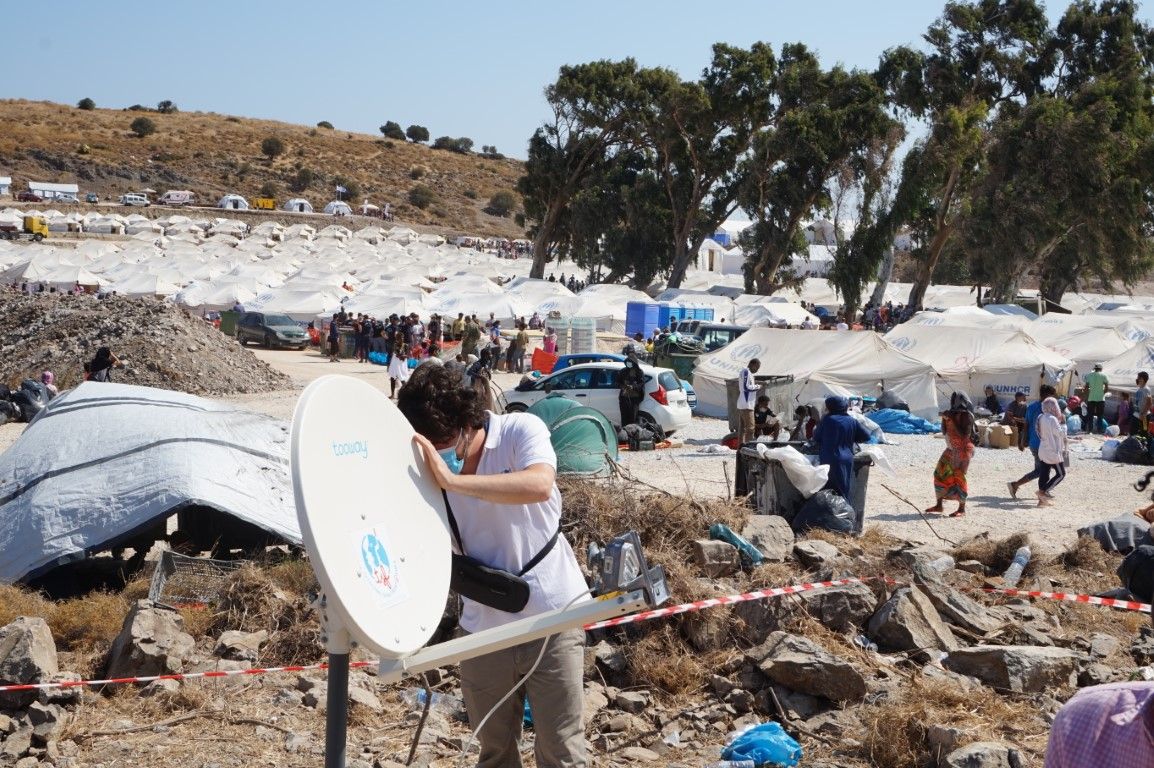
2 - Adapt to radio wave regulations
Mobile devices’ manufacturers apply hardware and software specifications to comply with their national radio frequencies regulations, which differ from country to country. Indeed, some channels available in one country may be used for very specific use in another one, for example radar operations.
If the people you’re supporting are coming from different countries, which is often the case in humanitarian situations, you’ll need to configure your access points to operate on frequencies likely to be available on their devices. If you don't take this step into account, users might not be able to join (or even see!) your network because of radio capabilities.
Also, on the radio side, paying attention to interference and roaming capabilities requires fine-tuning the transmission power of each access point.
3 - Understand what devices people use
The people who will need connectivity in humanitarian contexts are likely to be using a wide range of terminals, more or less recent. These different types of equipment do not support the same standards.
To provide usable service, you will need to pay attention to the most common standards along all phones generations in order to activate the adequate Wi-Fi standards.
4 - Access to energy
Imagine; you have perfectly planned your coverage, talked with the camp management team, identified the relevant areas… But you notice that some access points are overloaded, while others stay almost empty!
This could be due to a number of reasons, but it's worth checking the distribution of the power supplies in the area. It may be that most people only use the connection while charging their device. Access to energy sources is difficult during humanitarian crises, which is something to take into account when providing connectivity.
5 - Making technology humane
Your perfect coverage planning, your fine tuning of the AP transmitting powers will only be efficient if you coordinate the technical part with the reality of the situation.
First of all, a clear indication that connectivity is available for free is mandatory to make it usable. Information on who is providing it, where and how to access it may also limit worries of the users.
Secondly, coordination with the community leaders or camp management teams is key to achieving effective accessibility for everyone. Depending on the location, the presence of the connectivity may have a negative impact on other sides of the response. Should there be isolated areas to avoid noise or night-time gatherings? Should bandwidth be reduced in certain areas (or at certain times) to avoid disturbing use (for example, video or web radio streaming)? It's all about responding appropriately to the needs linked to a given situation.
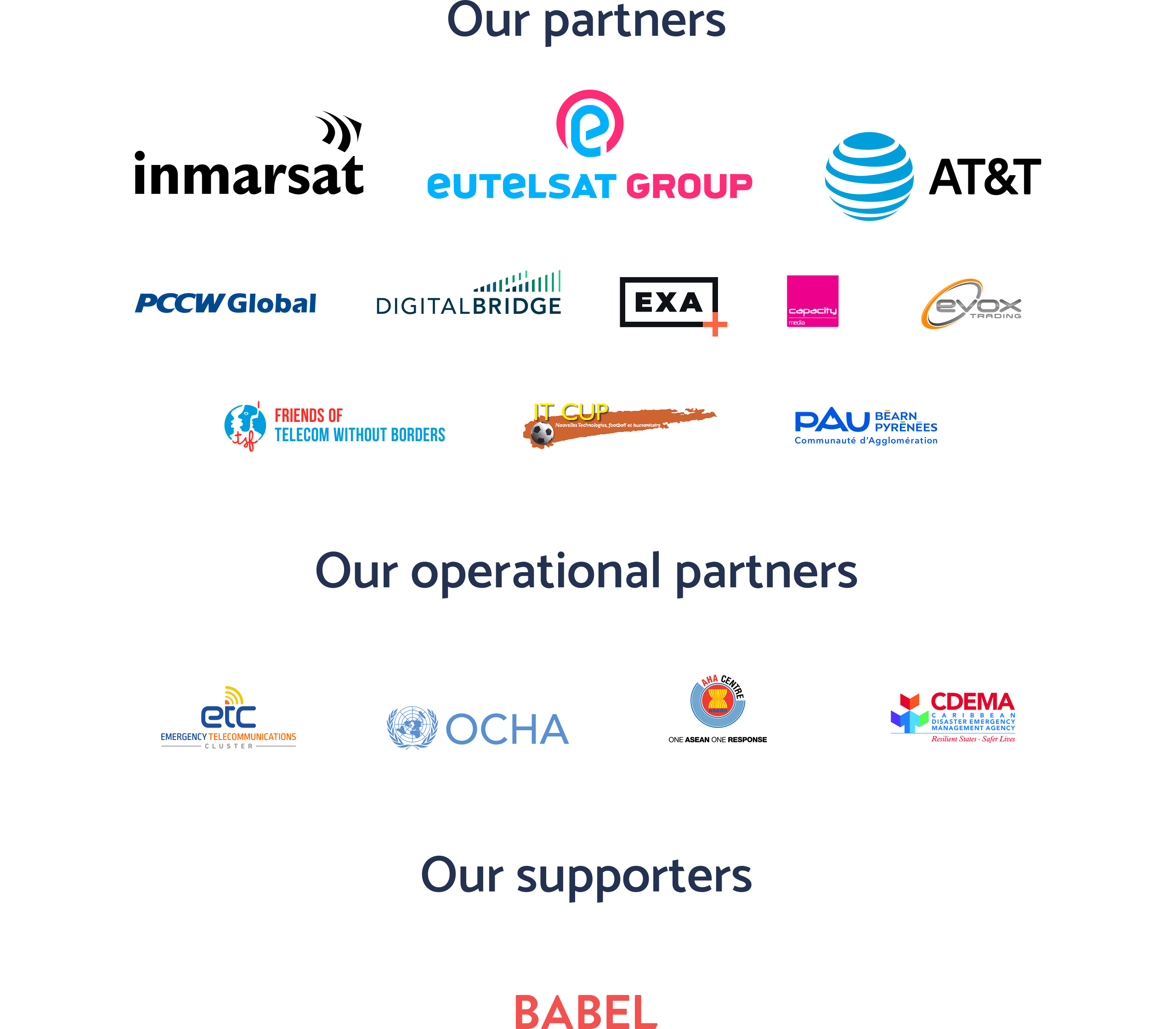
See you next week!


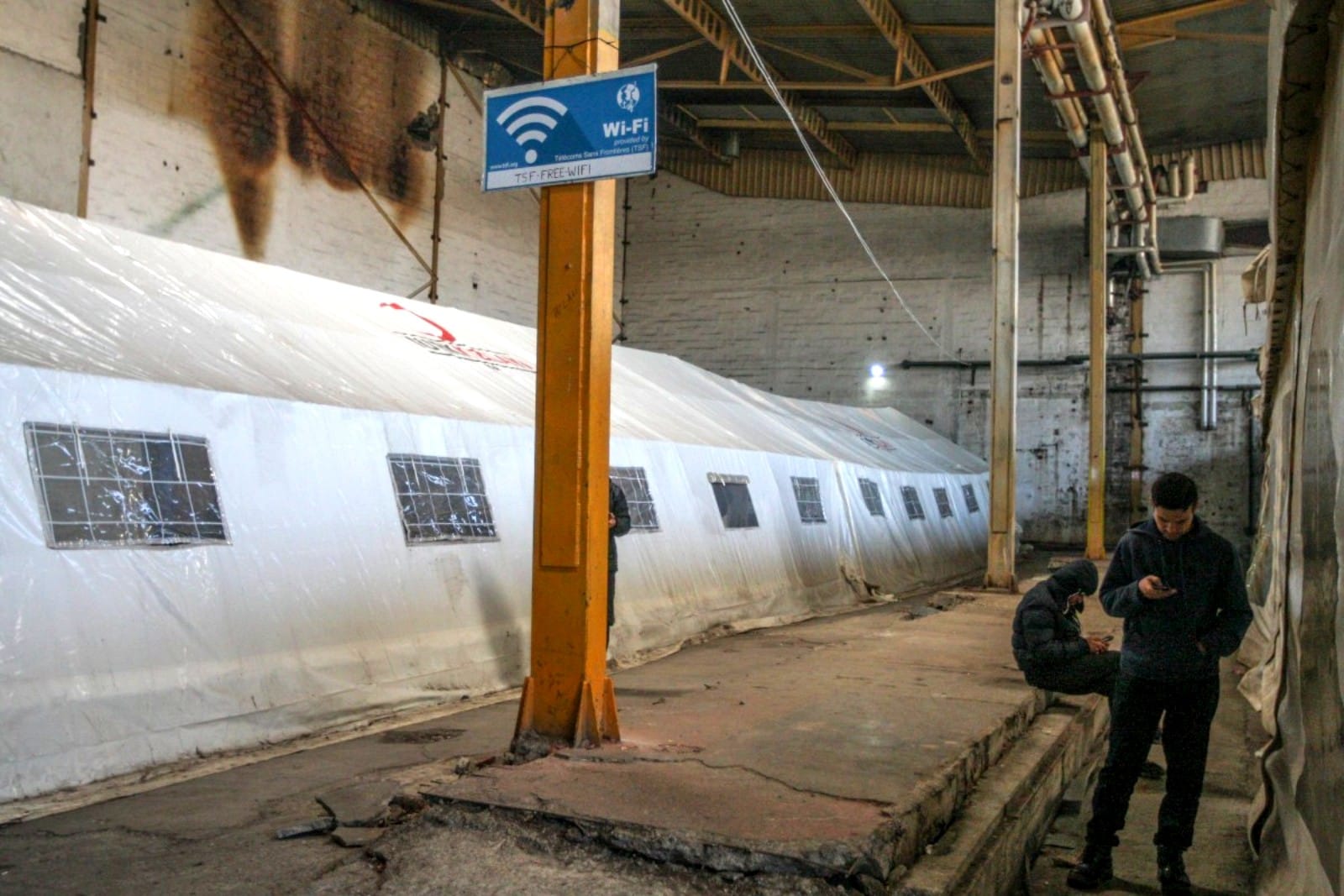
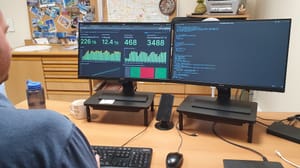
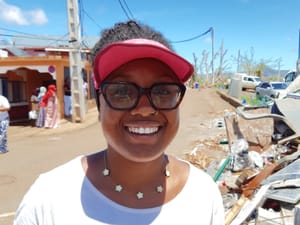
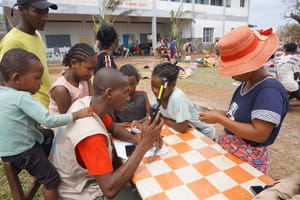


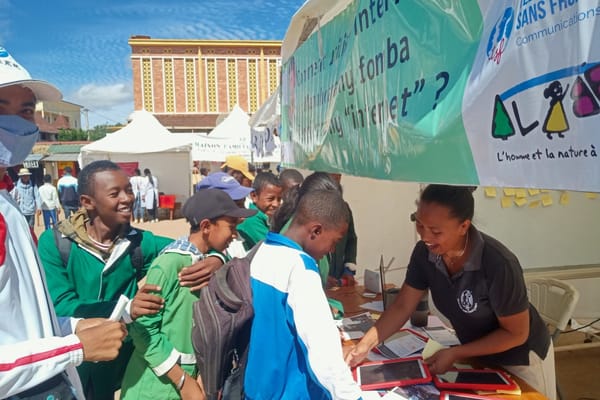
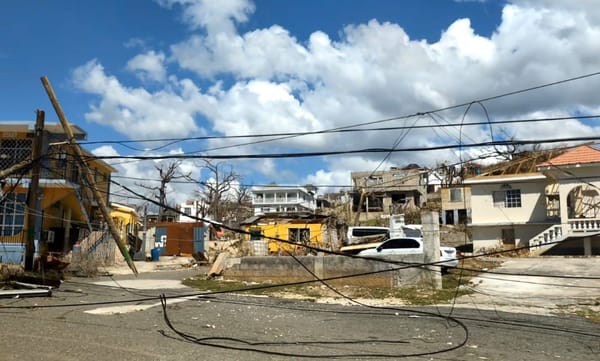


Member discussion